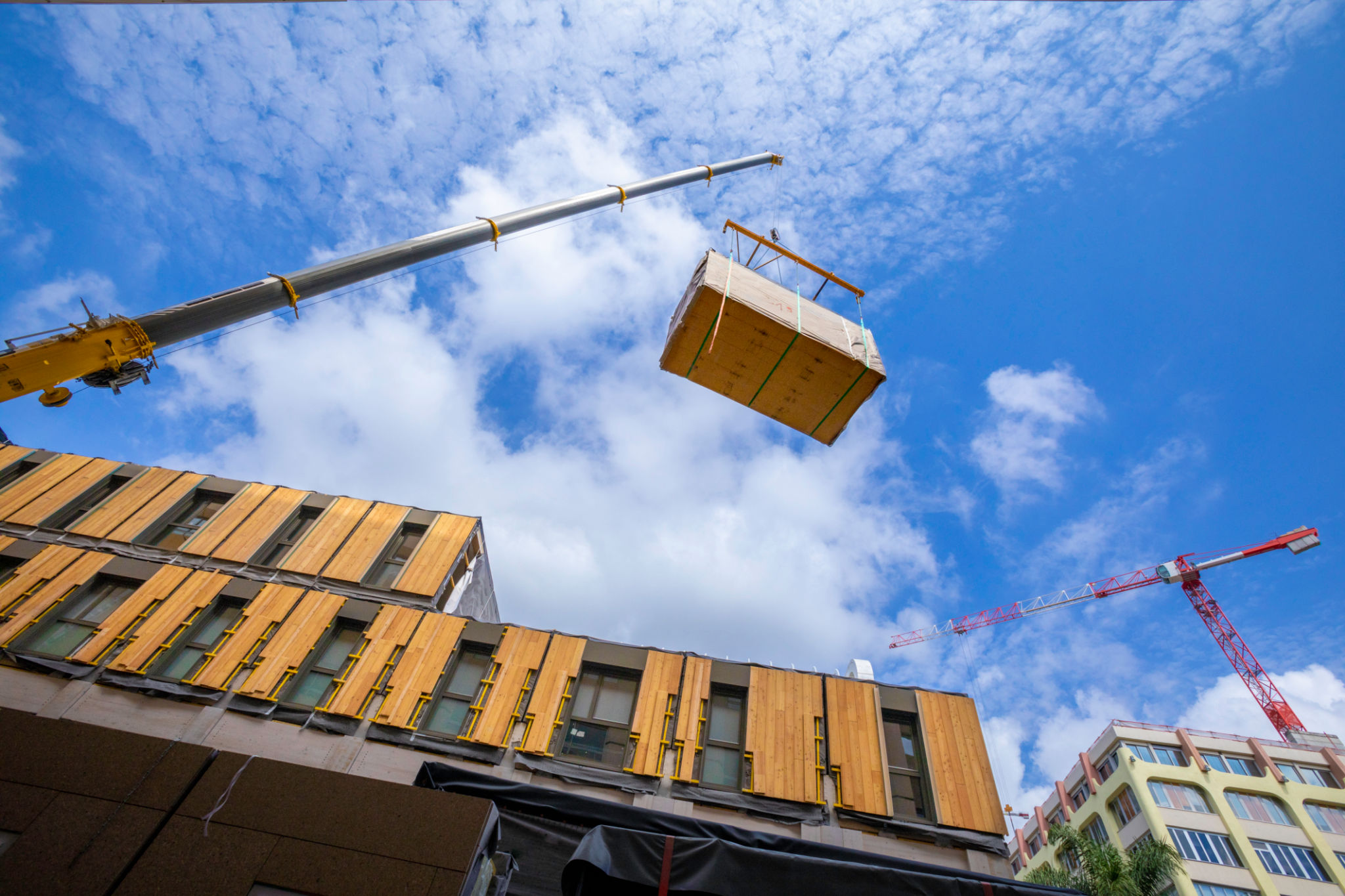Understanding the Demand for Sustainable Building Materials in Trinidad
FT
Introduction to Sustainable Building Materials
In recent years, the construction industry in Trinidad has increasingly turned its attention to sustainable building materials. These materials, which are designed to reduce environmental impact, have become more than just a trend; they are a necessity in the face of climate change and resource depletion. The demand for these materials is driven by a combination of environmental awareness, government regulations, and consumer preferences.
Sustainable building materials are those that are sourced responsibly, have minimal environmental impact during their life cycle, and contribute to energy efficiency. They range from traditional options like bamboo and recycled wood to modern innovations such as green concrete and solar panels.

Factors Driving Demand
Environmental Awareness
One of the primary factors driving the demand for sustainable building materials in Trinidad is increased environmental awareness. As global conversations about climate change intensify, Trinidadians are becoming more conscious of their environmental footprint. This awareness is influencing both individual choices and larger construction projects, pushing developers to consider sustainable options.
Government Regulations
Government policies and regulations also play a significant role in promoting sustainable building practices. Trinidad’s government has implemented various incentives for using eco-friendly materials, including tax rebates and subsidies. These initiatives aim to encourage builders and homeowners to opt for materials that are not only durable but also environmentally responsible.

Benefits of Sustainable Building Materials
The benefits of using sustainable building materials extend beyond environmental impact. These materials often provide better insulation, leading to reduced energy consumption and lower utility bills. In a tropical climate like Trinidad’s, effective insulation can significantly enhance comfort levels inside buildings.
Moreover, sustainable building materials typically have a longer lifespan compared to traditional materials. This longevity translates into cost savings over time, as there is less need for repairs and replacements. Builders in Trinidad are recognizing these long-term financial benefits, contributing further to the growing demand.

Challenges and Opportunities
Cost Considerations
While the advantages are clear, the initial cost of sustainable building materials can be a barrier for some projects. These materials often require a higher upfront investment, which can deter some builders or homeowners from choosing them. However, as the market for sustainable products grows, prices are expected to become more competitive.
Innovation and Development
The demand for sustainable building materials in Trinidad presents opportunities for innovation and development. Local companies have the chance to pioneer new products that meet the unique needs of the Caribbean environment. Additionally, the construction industry can benefit from investing in research and development to create more cost-effective solutions.
The Path Forward
As sustainable building materials continue to gain traction in Trinidad, it is essential for industry stakeholders to collaborate in promoting and developing these options. Architects, builders, policymakers, and consumers all play a crucial role in driving the transition towards more sustainable construction practices.
In conclusion, while challenges remain, the demand for sustainable building materials in Trinidad is set to rise as environmental consciousness grows and technological advancements make these options more accessible. Embracing this shift not only helps preserve the environment but also sets a precedent for future generations to build responsibly.